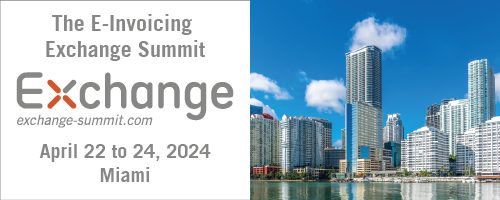The gap in VAT collection, the so-called VAT GAP, has remained too high for many years (in 2012 it reached almost 165 billion euros and in 2013 even 168 billion euros). A more effective solution can be the wider use of the reverse charge method.
The area of VAT is strongly regulated by EU law . The harmonized system, which was introduced in 1977 as a transitional and still works today, shows a number of variations for individual Member States and its fragmentation is due to the fact that VAT is managed and collected by 28 different financial administrations. The EU is severely limited. The European Commission has been talking for several years about the preparation of the so-called definitive regime, and in 2016 and 2017 it presented legislative proposalsin this area, however, its specific form still remains unclear. The European Commission sees the future of VAT in the EU in taxation at the destination through a so-called one-stop-shop. Taxable transactions would be subject to VAT, regardless of whether they are domestic or intra-Union, and the tax administrations of the Member States would levy the tax regardless of which state the tax belongs to. In the initial phase, some VAT payers could continue to apply the exemption for intra-Union transactions, but only after obtaining a special certificate (in addition to VAT registration). It can take many years to discuss the new system.
At the same time, VAT evasion in the EU is very high, with carousel fraud contributing the most. A possible solution is to significantly expand the possibility of applying the reverse charge method, which works against carousel fraud. The use of this method makes great sense at a time when financial administrations have modern technologies at their disposal. Wider use of the reverse charge method would suitably complement other tools introduced in the Czech Republic, especially control reports.
Already in June 2014, the Czech Republic applied for an exemption, which allows EU Member States to introduce a blanket reverse charge. The ECOFIN Council finally approved this request in November 2019. The reverse charge sector regime is now used in all sectors where existing European Union legislation allows. At present, however, the exemption for the application of the mechanism is limited in time and is valid until 30 June 2022. Nevertheless, the Ministry of Finance will continue to strive at European level to extend the period for which the flat reverse charge can be used.
Source: mfcr.cz















